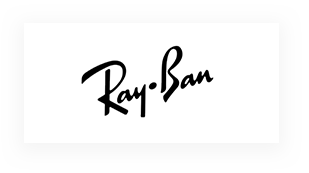Also known as retrolental fibroplasia, affects certain premature infants. Those at the highest risk weigh less than three pounds and are delivered prior to week 31. This eye disorder usually affects both eyes and can lead to vision issues and even blindness over the course of a lifetime.
Risk Factors and Causes
One of the major risk factors for Retinopathy of Prematurity (ROP) is a low birth weight, although other factors include breathing difficulties, blood transfusions, poor health, and anemia. Babies who are born prematurely often have not had the opportunity to fully develop. In some, the vessels of the eye grow abnormally, causing retinal detachment. This causes the vision loss in ROP.
Stages and Treatments
In general there are five stages of this eye disorder, and not every child will experience all of the stages.
- One– This is a mild stage that involves minimal abnormality in vessel growth. Those who are in stage one do not require treatment, and it usually goes away over time.
- Two– Children with stage two ROP experience moderate abnormal growth and, like stage one, do not need treatment in order to develop normal eyesight.
- Three– Stage three is where the scales can tip. The blood vessels begin to invade the center of the eye, which have the possibility of becoming twisted and distended. When this occurs treatment may be needed. Cryotherapy and laser therapy can help to reverse the abnormal growth.
- Four– If the abnormal blood vessels were not treated, scar tissue can form and partly detach the retina.
- Five– Stage five refers to the complete detachment of the retina, which can lead to blindness if not treated.
There are a couple of treatments for stages four and five. Vitrectomy is a surgical procedure that replaces the vitreous of the eye with a salt solution, which allows the scar tissue to be removed. A synthetic band called a sclera buckle can also be attached to the eyeball, and this helps reattach the retina over time.















